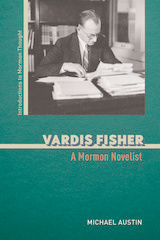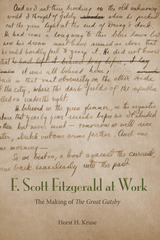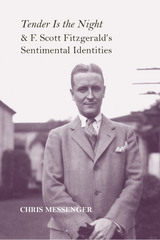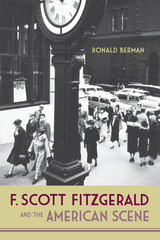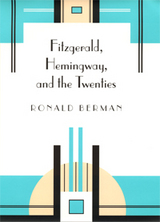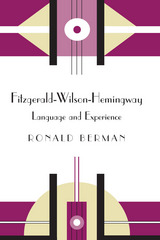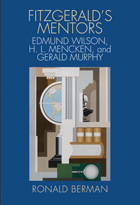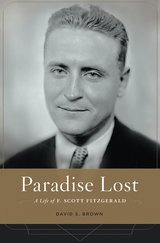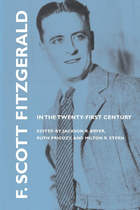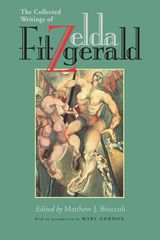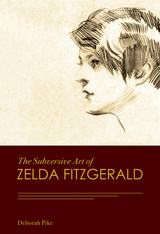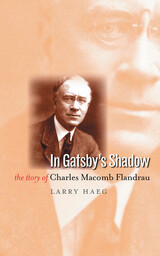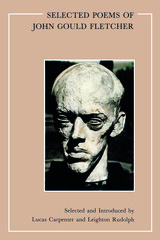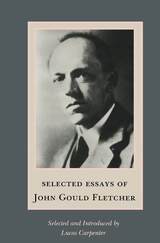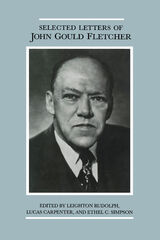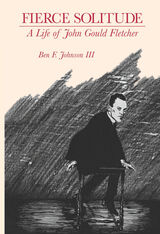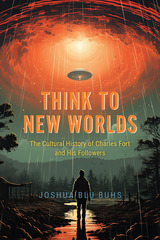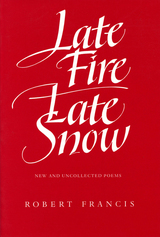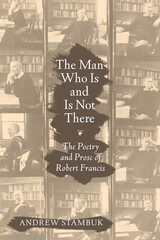Paper: 978-0-8173-5863-1 | eISBN: 978-0-8173-8167-7 | Cloth: 978-0-8173-1278-7
Library of Congress Classification PS3511.I9Z55775 2003
Dewey Decimal Classification 810.90052
In this study, Ronald Berman examines the work of the critic/novelist Edmund Wilson and the art of F. Scott Fitzgerald and Ernest Hemingway as they wrestled with the problems of language, experience, perception and reality in the "age of jazz." By focusing specifically on aesthetics—the ways these writers translated everyday reality into language—Berman challenges and redefines many routinely accepted ideas concerning the legacy of these authors.
Fitzgerald is generally thought of as a romantic, but Berman shows that we need to expand the idea of Romanticism to include its philosophy. Hemingway, widely viewed as a stylist who captured experience by simplifying language, is revealed as consciously demonstrating reality's resistance to language. Between these two renowned writers stands Wilson, who is critically influenced by Alfred North Whitehead, as well as Dewey, James, Santayana, and Freud.
By patiently mapping the correctness of these philosophers, historians, literary critics and writers, Berman aims to open a gateway into the era. This work should be of interest to scholars of American literature, philosophy and aesthetics; to academic libraries; to students of intellectual history; and to general readers interested in Fitzgerald, Hemingway and Wilson.
See other books on: 1896-1940 | 1899-1961 | Experience | Fitzgerald, F. Scott (Francis Scott) | Hemingway, Ernest
See other titles from University of Alabama Press
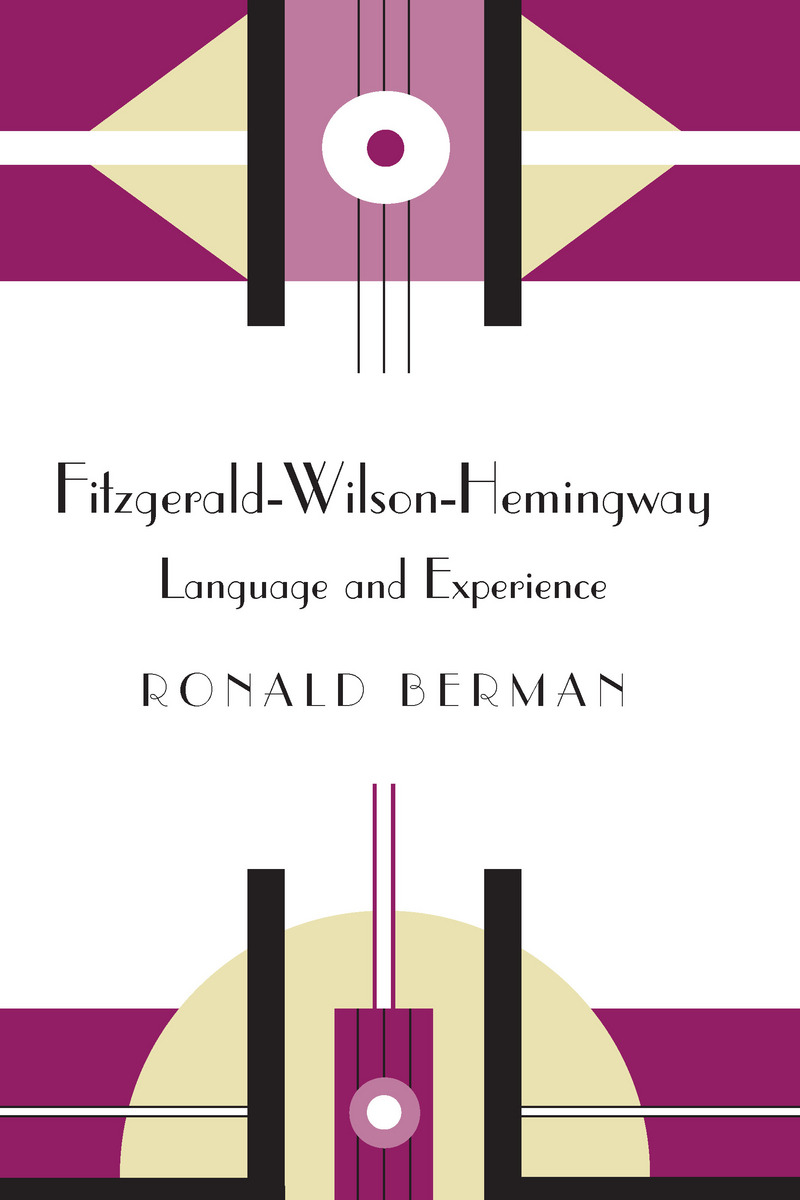
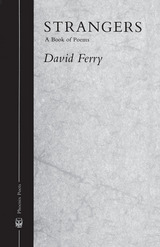
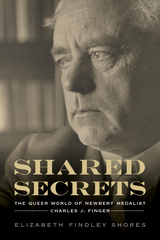
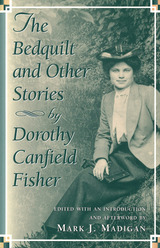
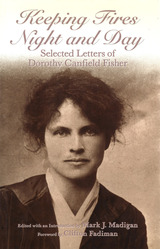
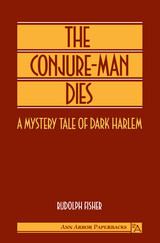
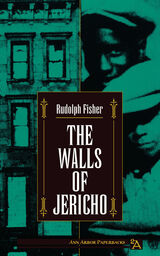
![The City of Refuge [New and Expanded Edition]: The Collected Stories of Rudolph Fisher](https://www.bibliovault.org/thumbs/978-0-8262-1812-4-thumb.jpg)
